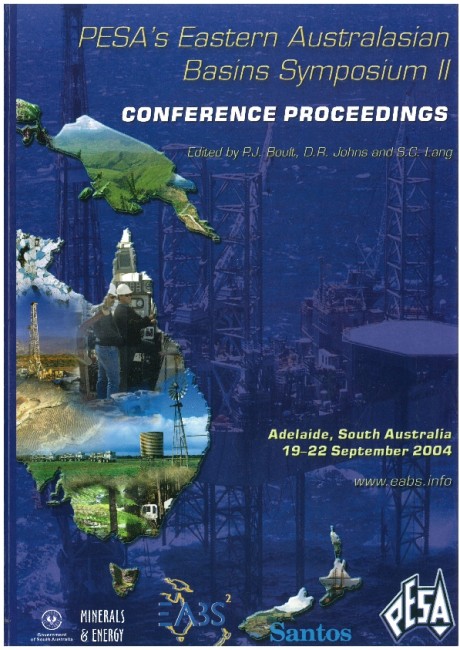Publication Name: PESA's Eastern Australasian Basin Symposium II
Authors: S.J. Riordan, S.C. Lang and T.H.D. Payenberg
Date Published: December 2004
Number of Pages: 31
Reference Type: Book Section
Abstract:
The intra-Latrobe Group in the Flounder Field of the Gippsland Basin is used to study the depositional controls onpossible cell architecture in 3D geological models that are to be upscaled for reservoir simulation. The aim is to
demonstrate the critical role that thorough interpretation of depositional facies can play in the choice of cell dimensions in the 3D modelling process.
Two sequences within the intra-Latrobe Group, Gippsland Basin have been identified and geologically mapped using all available data. The sequence boundaries are both associated with incision, and a basinward shift in facies. A detailed sequence stratigraphic interpretation was used to construct a series of facies maps based on the key surfaces. The overall succession shows a back-stepping palaeo-coastline dominated by overall marine transgression, but interrupted by periods of relative sea level fall, with associated erosion. Sequence Boundary 1 is an abrupt shift from lower shoreface to upper shoreface facies while Sequence Boundary 2 is marked by the development of an incised valley system, normal to the underlying shoreline, filled with coarse-grained fluvial sediments.
Comparison with modern analogues and published data shows that the dimensions and orientation of sand-bodies within shoreface and coastal incised fluvial systems are significantly different. Although both facies have a similar range of dimensions, they frequently intersect at a high angle. The internal architecture of the sand-bodies within these systems is likely to reflect the orientation of their respective facies . 3D geological models that include such depositional environments may need to incorporate these differences in depositional trends in the dimension and orientation of cells.


